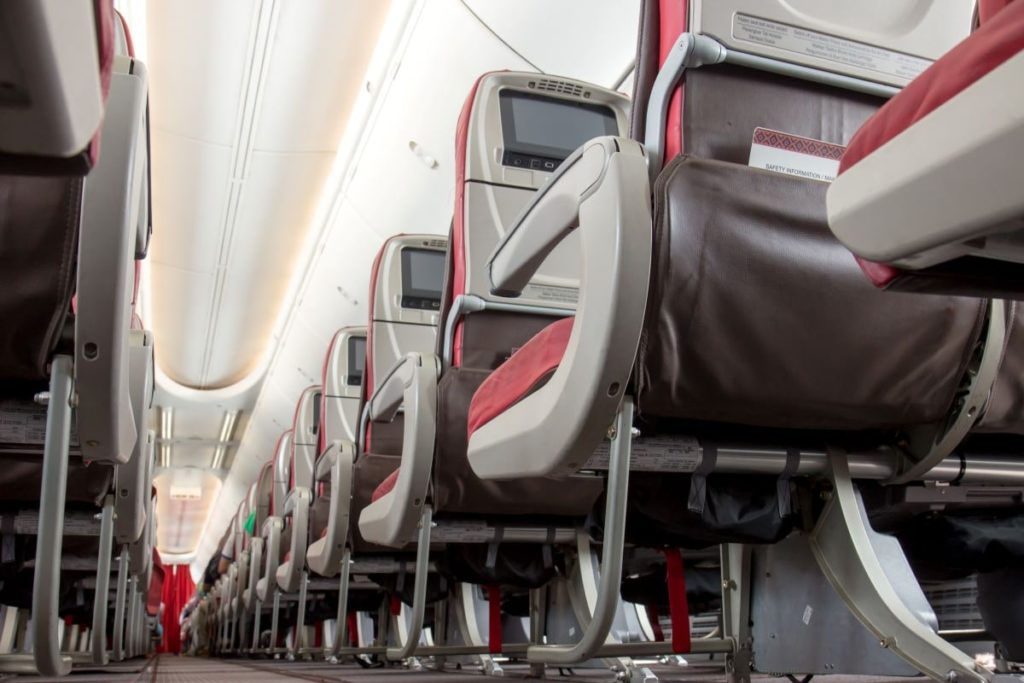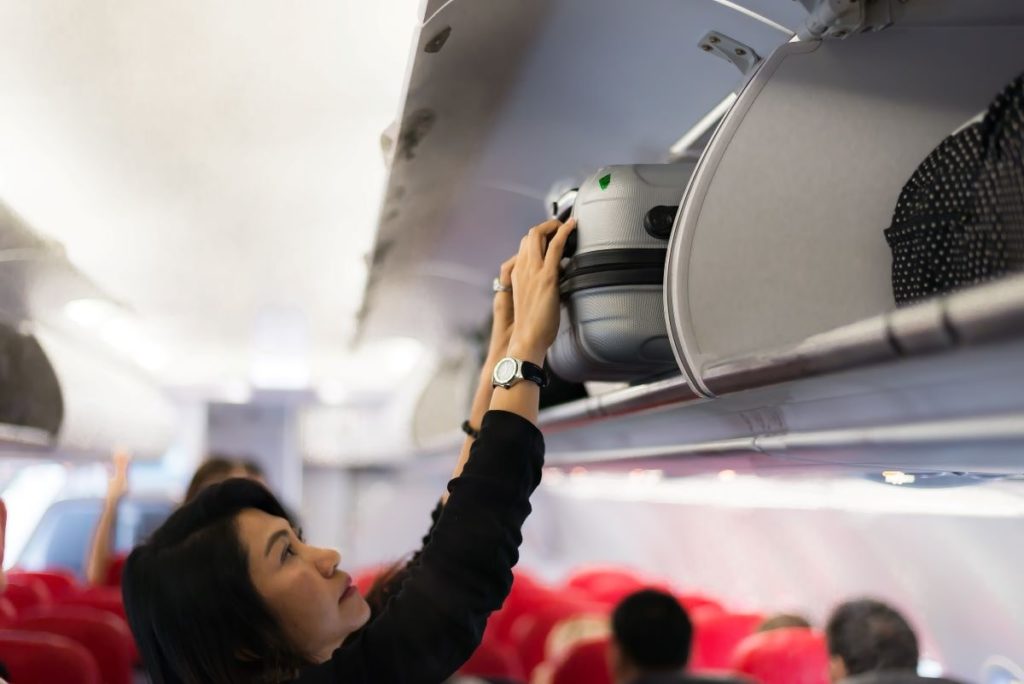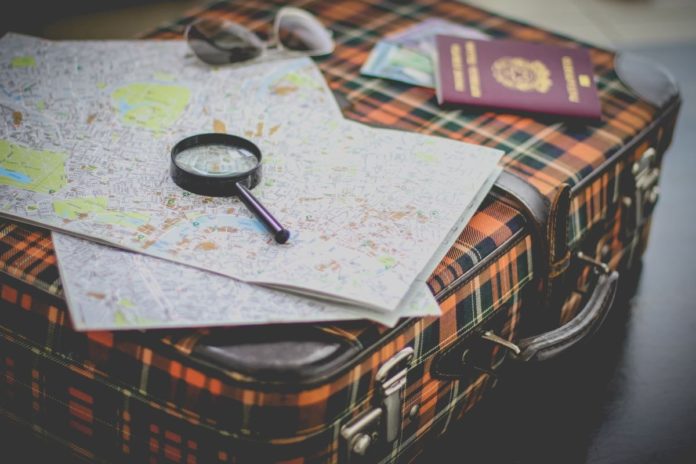Whether you need to do some last-minute work on your laptop, keep yourself occupied during a 10-hour layover or minimize check-in baggage costs on a budget airline, what you carry with you when you’re flying can make or break your flight experience. With some airlines notoriously strict on what they’ll allow in the cabin, we’ll set out some key pointers to help you choose what to bring when you fly.
Generally speaking, airlines let you bring one carry-on luggage and one personal item into the cabin with you. Usually, a personal item is classified as a purse, a laptop, a briefcase or something else of a similar size, however, it’s best not to assume you know what’s covered, even if you’re a frequent flyer.
So what’s the difference between a personal item and a carry-on?
Carry-on bags, also known as hand-luggage or cabin-baggage, are the bags you take into the plane cabin with you when you fly. You do not hand them over at check-in to go into the hold of the plane, but usually, store them in the overhead compartments in the cabin. Rules vary, but the standard maximum size carry-on bag size is 56cm x 45cm x 25cm as shown below as an example:

Some airlines, particularly budget airlines, charge for checked-in hold luggage whilst carry-on bags (including a personal item allowance) are included in the price of the ticket. Another advantage of traveling with a carry-on only is that you do not have to wait around for baggage at your destination. If the airline provides for it, you can also avoid lengthy baggage drop queues if your boarding pass is already printed.
A personal item allowance is often offered in addition to your carry-on luggage. Unlike the carry-on luggage, your personal item should always be small enough to fit under the seat in front of you. The usual maximum size for a personal item is also smaller than for carry-on at 22cm x 25cm x 43cm. Purses, laptops, cameras, and briefcases are typical examples.
We share the ultimate packing guide for your next holiday
Different airlines, different rules!
Though we’ve given you some general guidelines, in order to avoid being caught out, it’s always best to check with your airline before you travel. One important consideration is that, though a large number of airlines don’t include personal items in the weight restrictions for carry-on, some do. Rules on size limits for personal items also vary and will be set out by your airline. Some airlines (like Air New Zealand) have a very clear photo example of what they consider to be a personal item or a carry-on.


If you’re unsure, to avoid scrutiny make your personal item as small as possible. If it won’t fit under the seat in front of you on the plane, it’s almost certain not to make the cut.
Is a backpack a personal item?
The short answer is yes, at least in some circumstances. Usually, if it fits under the seat in front of you, it’ll be a personal item. Small backpacks, daypacks or stuff bags will normally meet the requirements, though, clearly, a bulging 60-liter rucksack would not.
What’s your trip for? How to best use the personal item allowance.
Making good use of your personal item is actually a great way to stretch your cabin allowance and avoid sometimes costly check-in baggage costs.
Even if check-in weight charges aren’t an issue, if you’re anything like us, you’ll want plenty of options to keep you entertained on a flight, particularly if it is low-cost and long-haul. Use your personal item to keep things you’ll need in the flight to hand, like books, wet-wipes, your toothbrush, and snacks. That way you won’t earn the disgruntlement of your fellow passengers when you clamber over them to get your snacks out of the overhead compartment.


Remember that not all planes come with a complete in-flight entertainment selection, even on journeys over five hours. Use your personal item allowance to bring a laptop with movies, your tablet with the latest downloads or even your favourite novel to provide your own entertainment selection.
On trips where you’re carrying a lot of gear, your personal item is a great place to keep your heavier, and perhaps valuable items so they don’t breach the carry-on weight restrictions. Laptops, cameras, tablets or guidebooks are a key culprit here. Slip them into your personal item to avoid weight problems and keep valuables close by. Just remember to check with your airline first in case your personal item is included within carry-on weight restrictions.
Should you take a personal item or a carry-on
If you don’t want to haul all your belongings around the airport lounge and onto the plane, the personal item allowance can help you keep a few handy or valuable items on your person when you fly whilst consigning the rest of your luggage to the hold.
If you’re aiming to beat the extra costs, or just to keep yourself entertained and well-fed during your fight, take advantage of both your carry-on and personal items allowance to keep prices down and convenience levels high.

